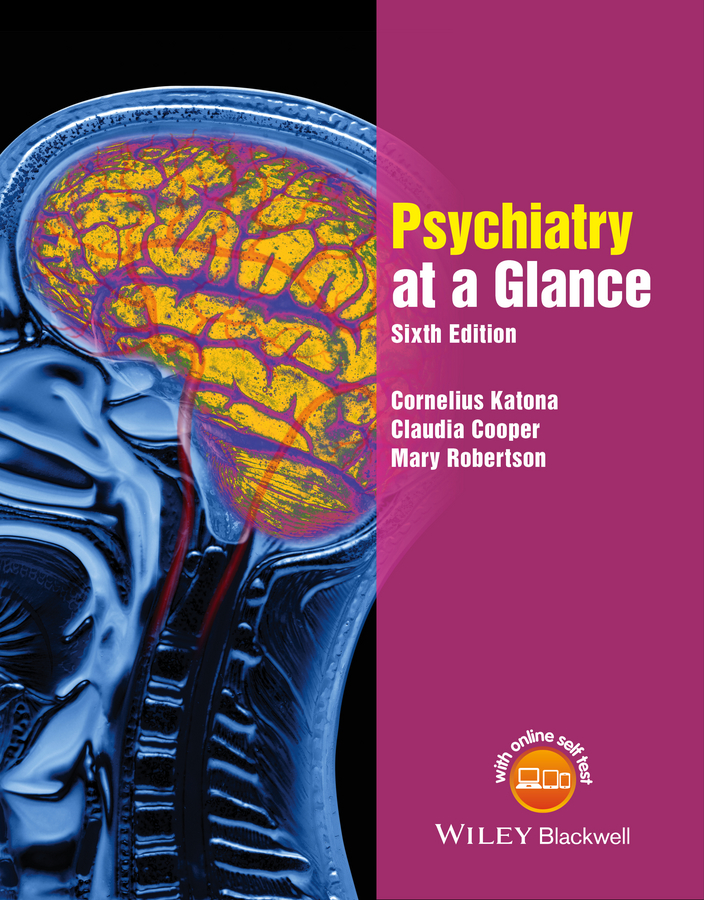A 16-year-old girl attends a GP surgery with her mother, who is concerned about her daughter’s significant weight loss. She looks thin and pale.
-
a. Name four common conditions, at least two of which are psychiatric, that may have caused this weight loss.
Show Answer
Correct answer:
Psychiatric conditions: anorexia nervosa, depression, substance misuse; physical conditions: diabetes mellitus, acute or chronic infection, malabsorption (e.g. coeliac disease) (list not exhaustive).
On physical examination, she is found to be very thin. She is 159 cm tall and weighs 40 kg. Her pulse is 56. There are no abnormal clinical signs. She has a Hb of 10.2, albumin of 30 and potassium of 3.0. Otherwise, blood investigations are unremarkable.
-
b. What is her body mass index (BMI)? What does this indicate?
Show Answer
Correct answer:
BMI = 40/1.592 = 15.8. This indicates she is severely underweight. A diagnosis of anorexia nervosa requires a BMI < 17.5, in association with other diagnostic factors.
-
c. What other questions might the GP ask at this stage?
Show Answer
Correct answer:
Anorexia nervosa by this point is a likely diagnosis, as no other physical cause has been found and blood parameters are consistent with decreased food intake. Key questions would be to determine if the weight loss is deliberate, whether the girl has a morbid fear of fatness, and amenorrhea.
The answers of the patient and her mother lead you to conclude she has anorexia nervosa.
-
d. How would you manage her condition?
Show Answer
Correct answer:
Psychological approaches that have demonstrated effectiveness in treating anorexia nervosa include family therapy, cognitive behavioural therapy and interpersonal psychotherapy.
Treatment is unsuccessful and her weight falls to 33 kg over the next six months. Her potassium level also falls to 1.9 and you are seriously concerned for her life. She is refusing all food. She tells you she is indifferent as to whether she lives or dies, her main concern is to be thin. She refuses to let you insert a nasogastric tube to feed her.
-
e. What factors would you consider in deciding whether she should be treated as an inpatient or an outpatient?
Show Answer
Correct answer:
Treatment is as an outpatient, unless there are risks to her mental health (from suicide) or physical health (e.g. severe hypokalaemia); at BMI < 13.5 the risk of death from fatal arrhythmias or hypoglcaemia is high; inability to rise without support from a squat also indicates severe physical frailty that would require admission.
-
f. Can you insert the nasogastric tube? If so, under what legal authority?
Show Answer
Correct answer:
Yes; treatment of anorexia nervosa through refeeding may take place under the provisions of the Mental Health Act (usually section 3) since it is regarded as being treatment of the mental illness.

